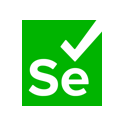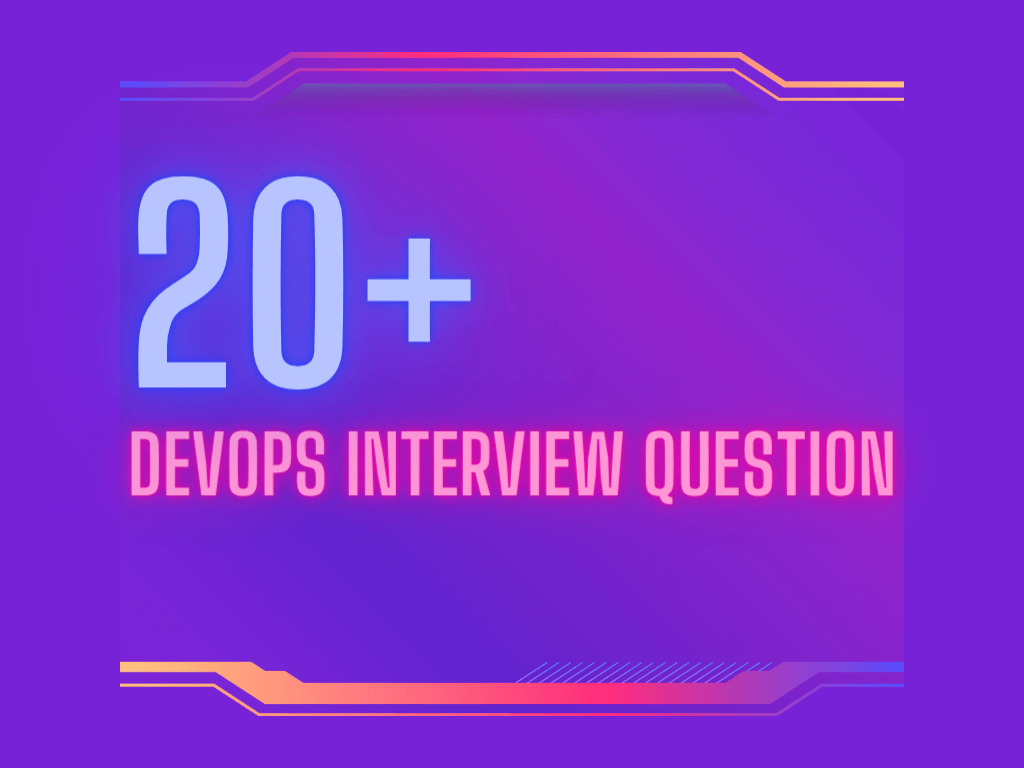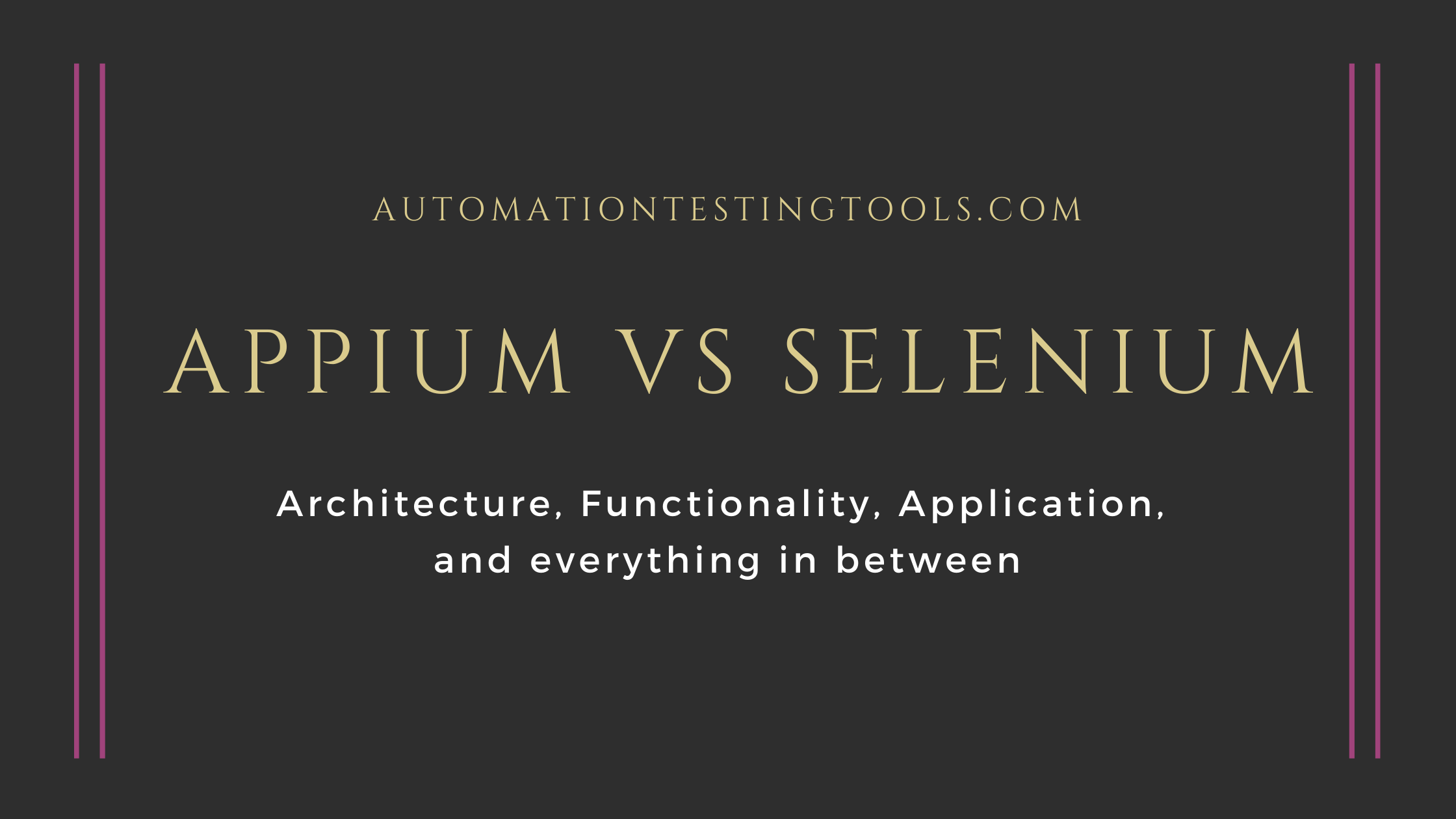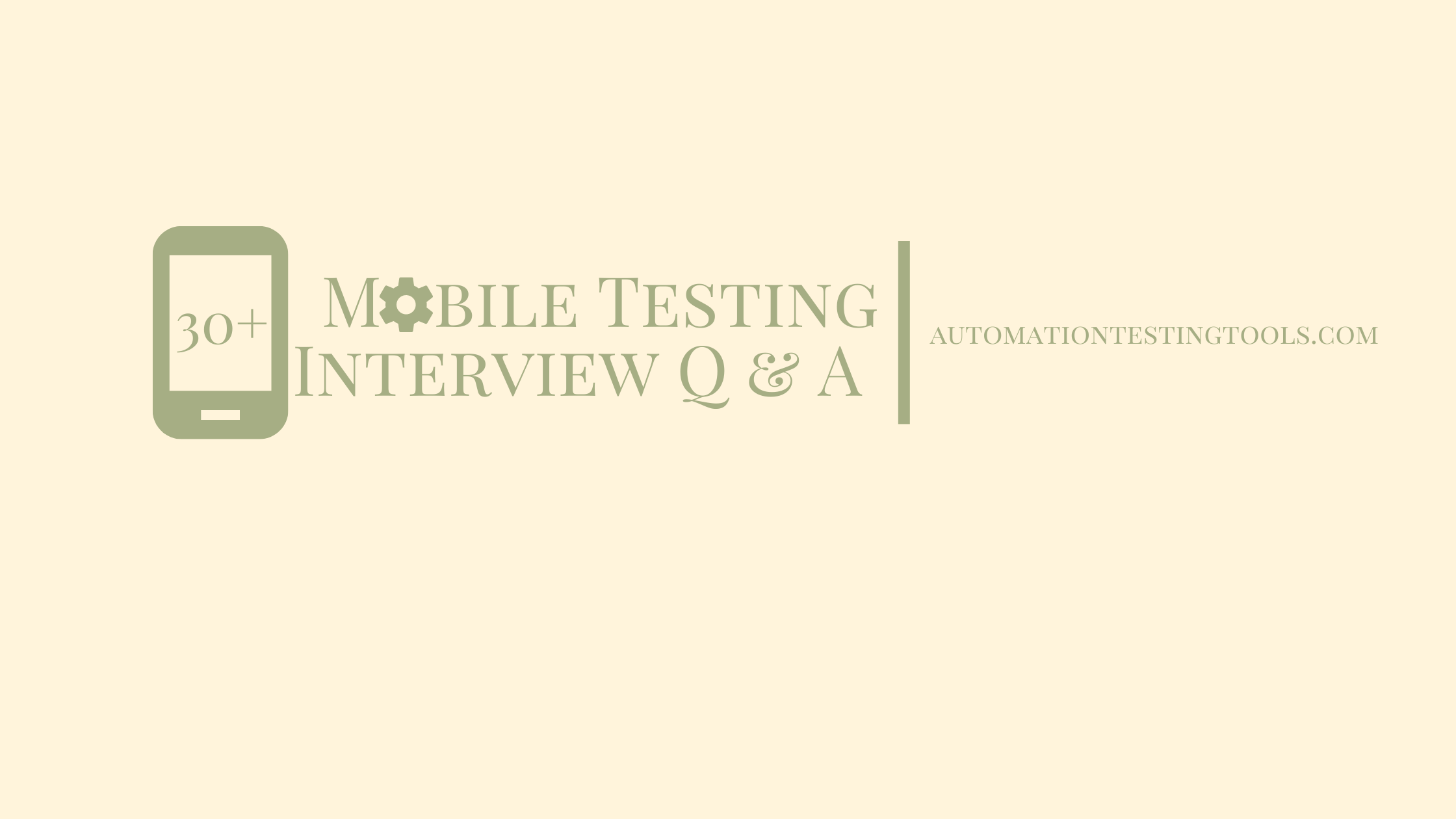Top 10 Continuous Testing Tools
With the rise in demand for quality at speed, continuous testing has firmly set its place as the right tool for the job as a popular practice amongst software developers for years to come. Since there are tons of continuous testing tools on the market, it helps to know which ones do the job.
In this blog, we will guide you through the top 10 most popular continuous testing tools. While this list is not ranked in any particular order, we select our entries based on the following: supported test types and programming language, accessibility, continuous testing support, CI/CD ecosystem support, key features, and other miscellaneous factors.
Selenium
Selenium features a diverse set of functions and capabilities. Besides, the framework also supports a broad range of OS (Windows, macOS, Linux) and browsers (Chrome, Firefox, Safari).
Website: http://www.seleniumhq.org/
License: Open-source
For veteran QA engineers, Selenium is the most fitting choice for automated web-testing continuous testing adoption. However, users must possess a thorough grasp of how Selenium functions besides programming skills to fully enjoy the frameworks’ CI/CD tools.
Appium
Appium is a popular framework for mobile applications. In addition to cross-platform mobile testing, the solution is available for both IOS and Android smartphones and many cloud service providers.
Website: http://appium.io/
License: Open-source
Nonetheless, integrating CI/CD using Appium requires refined programming skills. Thus, newcomers to test automation are hesitant from using Appium, opting for alternatives such as the tools below
Recommended: Appium vs Selenium
Katalon Studio
Built on top of Selenium and Appium, Katalon Studio is a versatile testing tool that requires no extensive programming capabilities to use efficiently. Katalon is available on Windows, macOS, and Linux and can be used for API, mobile, and desktop apps testing.
Website: https://www.katalon.com/
License: Free & Commercial
In terms of CI/CD pipeline and DevOps supports, Katalon Studio will instantly detect any arising errors thanks to its comprehensive set of insightful reports, real-time monitoring, and an instant feedback mechanism. The solution is usable with common CI systems such as Jenkins, Bamboo, Azure, and CircleCI, and Jira Agile. Therefore, team performance is made easier with Katalon
Eggplant
Previously known as Testplant, Eggplant is a versatile tool. The framework is well suited for various automation technologies and platforms such as online, mobile, and Point of Sales (POS) systems.
Website: https://eggplant.io/
License: Commercial
Because of its shallow learning curve, manual testers opt for eggplant as a continuous testing solution. The application offers an image-based solution for test automation, making it a one-of-a-kind feature. But that’s not all: Eggplant may be used in conjunction with Undo (a recording and playback tool) to assist engineers in detecting and responding to problems more quickly.
Watir
For web application testers, Watir is the continuous testing choice that should be on the radar. The platform supports cross-browser testing with Chrome, Firefox, and Opera, and more.
Website: http://watir.com/
License: Open-source
Watir supports data-driven testing and headless browser testing, which are both necessary for CI/CD pipeline testing. Cucumber, RSpect, and Test/Unit are examples of Behavioral Driven Development (BDD) frameworks and tools that may be used with it. Combining Watir with BDD frameworks and integrating with CI allows your team to achieve successful continuous testing across the development lifecycle.
Tosca
Tosca is a model-based continuous testing tool developed by Tricentis that scans and loads the AUT directly into the application. The solution simplifies the technical architect of the application, making it plain and simple for business stakeholders to involve the testing process. Furthermore, the solution includes critical test cases that accurately pinpoint the application’s most troublesome areas. Enterprise applications, online, mobile, APIs, and business intelligence are all testable using Tosca.
Website: https://www.tricentis.com/
License: Commercial
Tosca offers DevOps and Application Lifecycle Management (ALM) integration for continuous testing. The platform provides virtual services that let clients create test environments comparable to those in production, allowing for better test coverage and quality assurance.
Testsigma
Testsigma is a cloud-based program that composes tests in English, a feature that flattens the learning curve for manual testers in learning automation. The solution supports web, mobile, and API test automation.
Website: https://testsigma.com/
License: Commercial
Testsigma supports and integrates popular CI/CD tools such as Jira and Slack. Businesses with limited resources or complex testing requirements can rely on the solution’s continuous testing infrastructure, such as devices, operating systems, and browsers. Testsigma employs AI to help with shift-left testing and identify potential threats from continuous change so users can take immediate actions.
Rational Functional Tester
Rational Functional Tester (RFT) is a well-known test automation tool from IBM. It supports functional, data-driven, API, performance, and regression testing. RFT has several collaboration modes, including storyboard testing for visualizing testing procedures and scripting for more complex jobs.
Website: https://www.ibm.com/marketplace/rational-functional-tester
License: Commercial
The tool also supports continuous testing and test execution in the CI/CD pipeline. However, because the program has been in use for a long time, it uses out-of-date technology that necessitates considerable DevOps technical knowledge.
TestComplete
SmartBear’s TestComplete is a desktop, web, and mobile app test automation solution. Scripting languages supported by the software include Python, Javascript, and VBScript.
Website: https://smartbear.com/product/testcomplete/overview/
License: Commercial
TestComplete can perform keyword and data-driven testing while turning to AI features for dynamic test item identification and management. If the user interface of the AUT changes, TestComplete may automatically detect and update the tests. The software also enables interaction with third-party unit test frameworks such as TestNG, Selenium Webdriver, and SOAP UI for API testing. All of these will assist you in increasing your test coverage.
TestComplete supports open integration with the CI/CD ecosystem with plugins that interface with common CI/CD platforms such as Jenkins, GIT, and Zephyr (a Smartbear test management tool). You may also develop new plugins to operate with the present system.
Unified Functional Tester
Micro Focus Unified Functional Tester (UFT) is another pioneer who emerged at the height of test automation trends.
Website: https://software.microfocus.com/software/uft
License: Commercial
UFT provides automated and continuous testing for web, mobile, API, hybrid, Robotics Process Automation (RPA), and corporate applications. It features image-based identification powered by in-built OCR (ABBYY, Google Tesseract) to replicate how humans recognize objects.
Continuous testing is facilitated by combining UFT ecosystem components such as source control systems (Git, SVN), and CI/CD technologies (e.g. Jenkins, Bamboo, Microsoft TFS).
The programming language used by UFT is VBScript, which may be problematic for manual testers. Therefore should consider evaluating its current scripting capabilities before settling on a tool.
Conclusion
At the end of the day, there is no ‘perfect’ solution as each continuous testing tool comes with its own advantages and drawbacks. To make an informed decision, readers should evaluate how their teams’ test scopes, expertises, release cadence, and more fit into their narrative of a most fitting tool.
On the other hand, this list is not exhaustive. As more new and innovative tools come into the scene, others may wane out in popularity. As a result, testers should constantly keep an eye out for how current and upcoming solutions will address looming software delivery issues.















